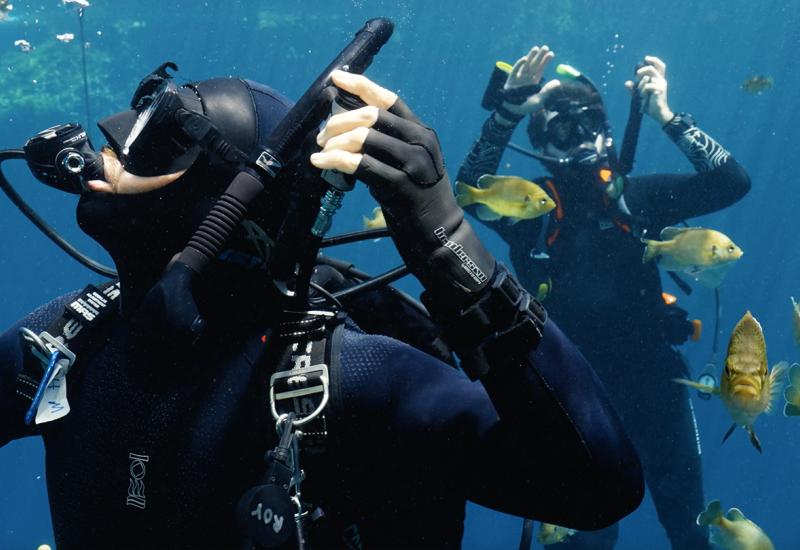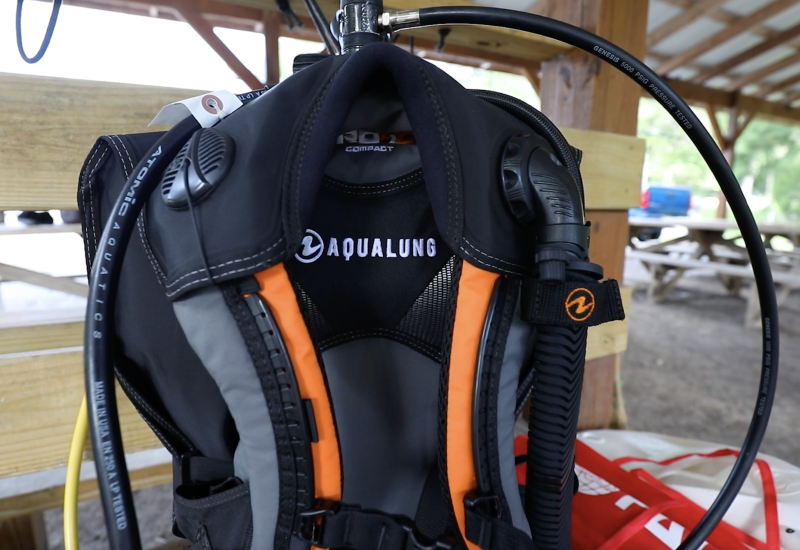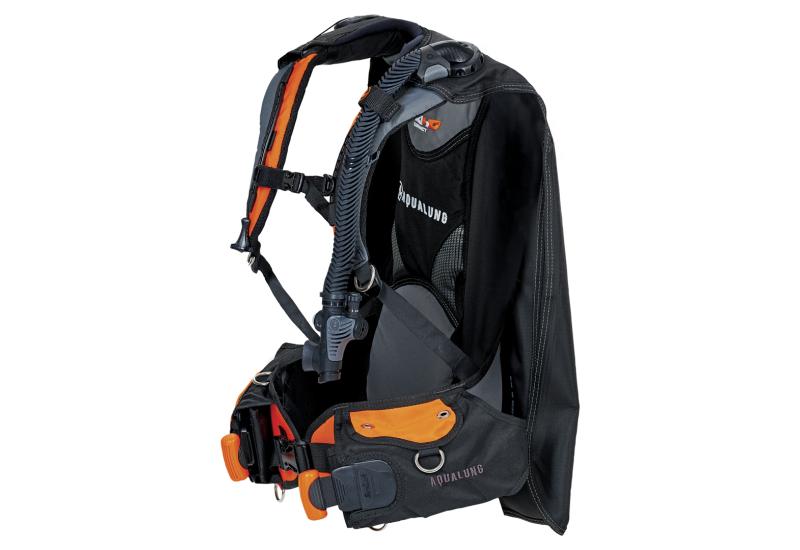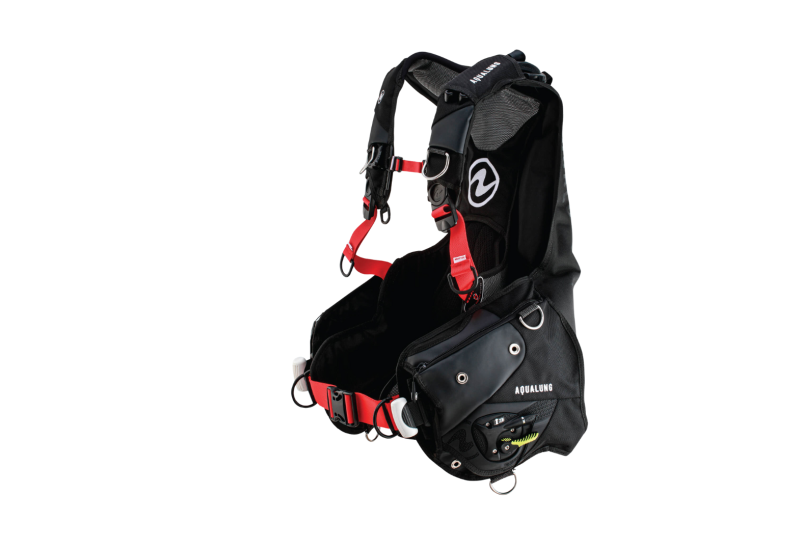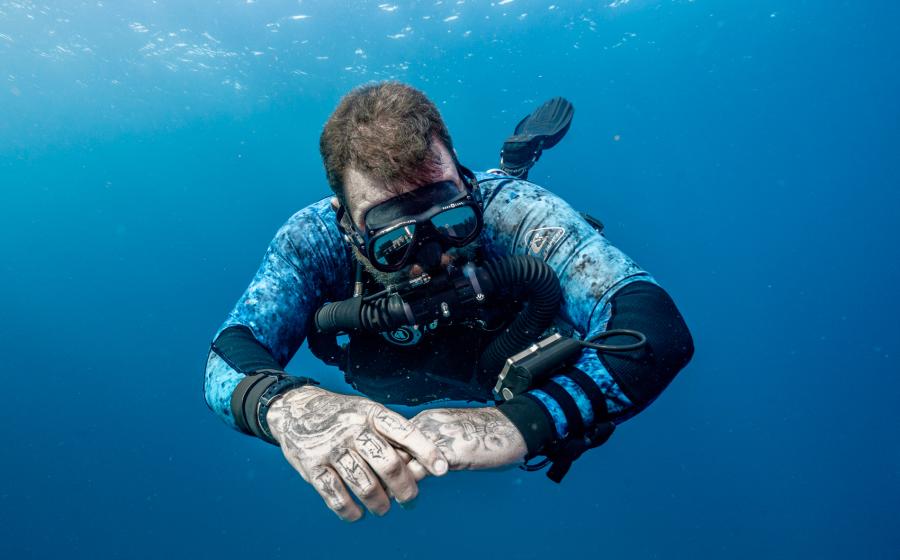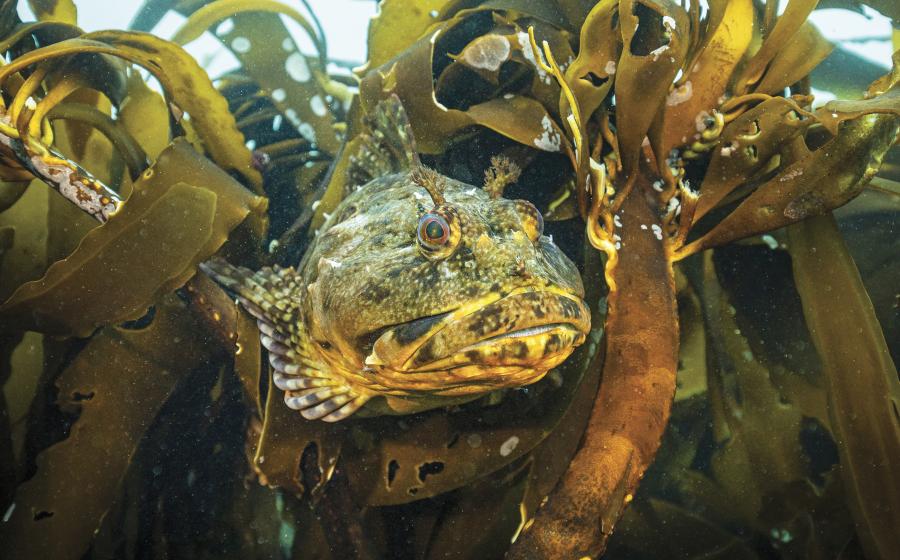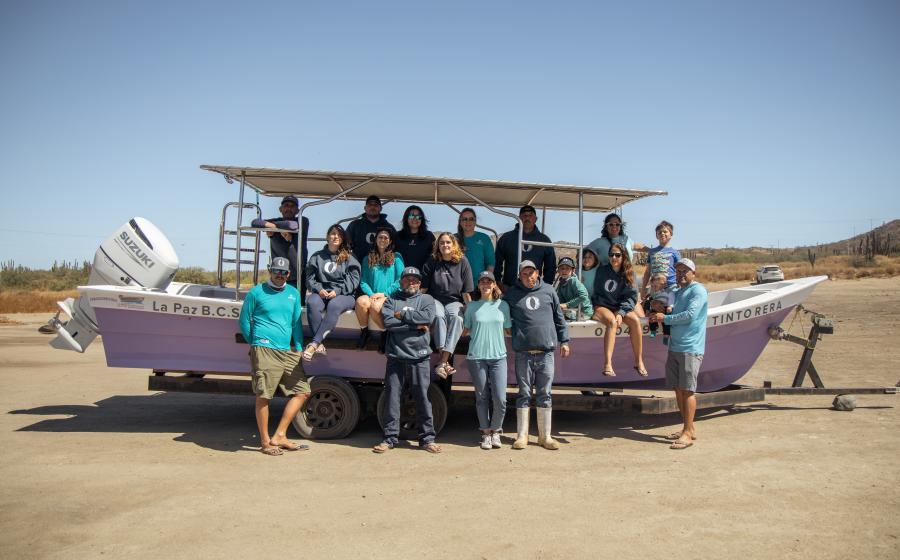Scuba BCD — Buoyancy Compensator

Jon WhittleScuba BCDs come in different styles, such as the jacket-style Cressi Carbon, and Scubapro Bella, which was designed for women divers.
A scuba BCD — also called a BC, buoyancy compensator or buoyancy control device — is the centerpiece of your scuba gear setup. Most scuba BCDs are made up of an inflatable bladder, pockets, exhaust valves, power inflator and an integrated weight system.
No piece of scuba gear needs to multitask more than a BCD. It has to secure your scuba tank, hoses and accessories. Most scuba BCDs supply an integrated-weight-ditch system and roomy cargo pockets while maintaining a streamlined profile. Your BCD has to enable you to safely control your ascents and descents — using a power inflator or oral inflation — and afford relatively comfortable surface flotation.
Scuba BCD Reviews
ScubaLab’s team of divers test the best scuba BCDs that were released that year or had not been tested yet by ScubaLab to form its annual scuba BCD review. The group varies each year, but it usually includes BCDs from top scuba gear manufacturers such as Scubapro, Cressi, Aqua Lung, Tusa, Seac, Mares, Zeagle, Hollis and more. ScubaLab’s BCD review includes objective ratings of key factors such as assembly, loading weights, comfort, adjustability and more. Read the full review to see how each model fared and comments from test divers that might help you find your next scuba BCD.
Types of Scuba BCDs
The three most common types of scuba BCDs are jacket-style BCDs, back-inflate BCDs and backplate and wing combos. Each offers a different way of helping divers establish neutral buoyancy and offer different benefits for various diving styles.
A jacket-style BCD features inflatable bladders that wrap around your body like a jacket, inflating on your front, back and sides. Divers who prefer jacket-style BCDs appreciate the added stability and storage options such as additional stowage and trim weight pockets.
Back-inflate BCDs position the inflatable bladder completely on your back, taking away the risk of feeling squeezed by the bladder, increasing the lift capacity of the BCD in many cases and enhancing the horizontal swimming position for some divers.
A backplate and wing combo is a type of back-inflate BCD that is often preferred by technical or advanced divers. It includes a metal backplate with a belt and a mountable wing bladder that attaches to the back. This minimalist setup is preferred by tec divers because it is the most streamlined, has the greatest potential for buoyancy control and is customizable for setups that include multiple tanks.
How To Maintain Your Scuba BCD
One of the most important responsibilities of owning scuba gear is maintaining it. Here are some steps on how to take care of your scuba BCD:
- Start by giving your BCD a good fresh water rinse to hose off any big chunks of sand and dirt.
- Fill a tub with fresh water, dunk the BCD repeatedly, then leave it alone for a five-minute soak.
- Remove the BCD from the tub and give it another hose rinse. Direct the water stream into the power inflator so the bladder fills with fresh water.
- Drain the bladder using the exhaust valves so their internal parts get a good flush.
- Inspect the BCD’s corrugated hose and hardware for cracks and signs of wear. Also check all valve caps to make sure they’re tight.
- Examine the integrated weight system. Ballast pouches need to be removed and cleaned to clear the quick-release buckles of any obstructions.
- Finally, make sure everything is in working order by fully inflating the bladder and checking for leaks, then pulling the corrugated hose dump and remote exhaust valve cords to make sure they work
- Once completed, partially inflate the bladder to give it some shape and hang-dry it in some shade so it’s ready for your next dive.
Want to learn more about scuba BCDs? Check out what to do before diving with a new scuba BCD, then read our tips on cleaning scuba gear to make it last.

